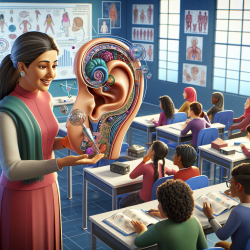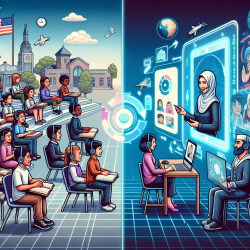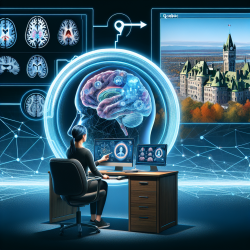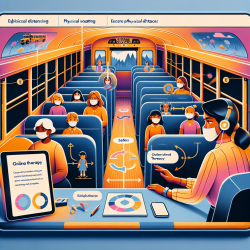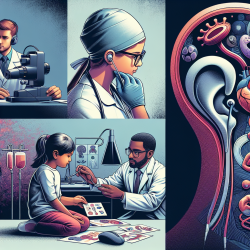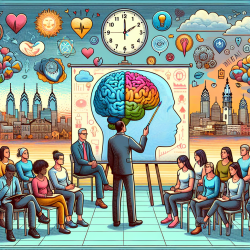In the ever-evolving landscape of education, the integration of assistive hearing technology has become a beacon of hope for deaf and hard-of-hearing (DHH) students. The research article "Assistive Hearing Technology for Deaf and Hard-of-Hearing Spoken Language Learners" by Rachael Frush Holt highlights significant advancements and ongoing challenges in this field. As practitioners, it's crucial to harness these insights to enhance our educational strategies and support DHH students in reaching their full potential.
Understanding the Technology
Modern hearing aids and cochlear implants have revolutionized auditory access for DHH children. These devices address various aspects of hearing loss, including reduced audibility, poor temporal processing, and difficulties in background noise. Key components such as directional microphones and digital noise reduction are designed to improve signal-to-noise ratios, making it easier for students to focus on spoken language.
Implementing Best Practices
To maximize the benefits of these technologies, practitioners should:
- Ensure Proper Fitting: Regularly verify that hearing aids are fitted correctly to match prescribed gain targets, ensuring optimal access to the speech spectrum.
- Utilize Classroom Acoustics: Implement sound field systems and other classroom modifications to reduce background noise and enhance speech audibility.
- Incorporate Visual Supports: Use visual phonics and other visual aids to supplement auditory information, aiding in the development of phonological and morphological skills.
Encouraging Further Research
While current technologies have made significant strides, there remains a gap in understanding the full impact on spoken language and literacy outcomes. Practitioners are encouraged to engage in ongoing research and professional development to stay abreast of new findings and techniques. Areas needing further exploration include:
- The long-term effects of digital noise reduction on speech perception and language development.
- The efficacy of frequency lowering technologies in improving speech intelligibility and literacy skills.
- Identifying additional factors that influence individual variability in educational outcomes for DHH students.
Conclusion
The journey towards optimal spoken language and literacy outcomes for DHH students is a collaborative effort. By integrating advanced hearing technologies and staying informed through research, we can create inclusive educational environments that empower every student to succeed.To read the original research paper, please follow this link:
Assistive Hearing Technology for Deaf and Hard-of-Hearing Spoken Language Learners.
